Learn : Lifestyle & Recipes
Crate Training a New Puppy
If only we could bottle that new-puppy feeling. The licks, the head tilts, the fluttery feeling of youthful joy. A new puppy is the stuff of life, but we’re all aware that pet parenthood isn’t 24/7 toothy grins and cuddles.
Alongside potty training, crate training is often a necessary order of business in order to accustom your puppy to periodic alone time. Whether it’s work or play, pet parents have their reasons for leaving the house, and our 8-step guide to crate training can help puppies develop a sense of independence for those times you simply can’t supervise.
1. Choose your crate wisely.
You’ll need to make at least one critical pet parenting decision before you sign any adoption papers. Getting the right crate is essential to laying the groundwork for successful training — not to mention essential for your new dog’s comfort.
Most crates will give you a dog size estimate in their product information, so be sure to take into account your new dog’s breed, current size and projected size. Remember: They’ll ideally take this crate with them all the way into adulthood.
Similarly, you’ll want to shop around for a crate that feels adequately mobile, durable and easy to clean. Crate training may require some relocations and cleanups along the way, and you’ll want to make those as easy as possible.
2. Pick a spot.
Your dog crate’s location is pivotal to a positive training experience. Make sure you clear some room and place in a spot you know your dog can feel safe: In a corner of a room, beside a bed, or beside a couch or anywhere else you know you’ll already be spending large amounts of time.
On your first few days of crate training, keep attentive to whether the location is working or not. If it feels like an obstruction or hard-to-reach for you or your dog, think about relocating.
3. Accessorize.
A crate should feel like a second home. And while we’d stop short of installing plumbing or hanging pictures, we do recommend you make it feel as comfy-cozy as possible for your puppy. A small plush blanket, a few toys and/or a bed can help give your dog an added sense of peace when they’re inside.
Not to mention, as your puppy grows and you begin to leave them alone for longer periods of time, the familiar objects and smells they let off will help ease your dog’s anxiety. The more familiar your crate feels for them, the better.
4. Gradually introduce your dog.
Once you’ve got your crate purchased and in place, it’s time to start with some intros. Speak in warm, hushed tones as you show your dog around the crate. Don’t be stingy with the head pats and “good boys/girls.”
Don’t force it — leave the door open and allow your dog to enter the crate themselves. You don’t want them to build any negative associations with entering the crate off the bat.
The easiest way to encourage them to hop in the crate is with — you guessed it — treats. Try something simple and healthy like carrots or our jerky, chews or wafer treats, and use them to lead your dog into the crate.
5. Do a test run.
When you notice your dog has begun to relax inside the crate, try closing the door and staying beside them. If they begin to whimper or bark, open it back up to let them out and try again later when stress levels are lower — potentially closer to bedtime. If not, leave them inside their crate for 5-10 minutes as you go about your day. Try to stay within eyeshot for your dog for safekeeping.
Repeat this process for short 5-10 minute intervals throughout the day. Guide them into the crate, reward them for getting inside and close the door.
6. Start feeding meals inside the crate.
Feeding your dog’s breakfast and dinner inside the crate is another great tactic to help your dog gain familiarity with their tiny corner of the world.
Plate up their typical meal, guide them into the crate like usual, place it down, close the door and try walking away while they eat. The longer you can distract them from your absence, the better. Especially as they begin to draw more positive associations with life inside the crate.
7. Practice leaving.
As your dog grows more and more comfortable with eating, snacking and lounging inside their crate, you’ll want to try leaving the room for longer periods of time. Stretch those 5-10 minute increments to 10-20 minute increments, then a half-hour and eventually a full hour.
Go slow: Not every dog rapidly adjusts to life behind the cage. Some will need more coddling along the way, while others will take to crate training quickly.
8. Keep at it.
Most dogs grow fully comfortable with their crate over the course of 3-6 months. That timeline may be expedited by having your dog sleep inside the crate, nap inside the crate and generally spend as much time as possible in and around it.
Your patience means everything to them as they grow into their new home. Stay calm, stay positive and before you know it your dog will have a new place to call their own.


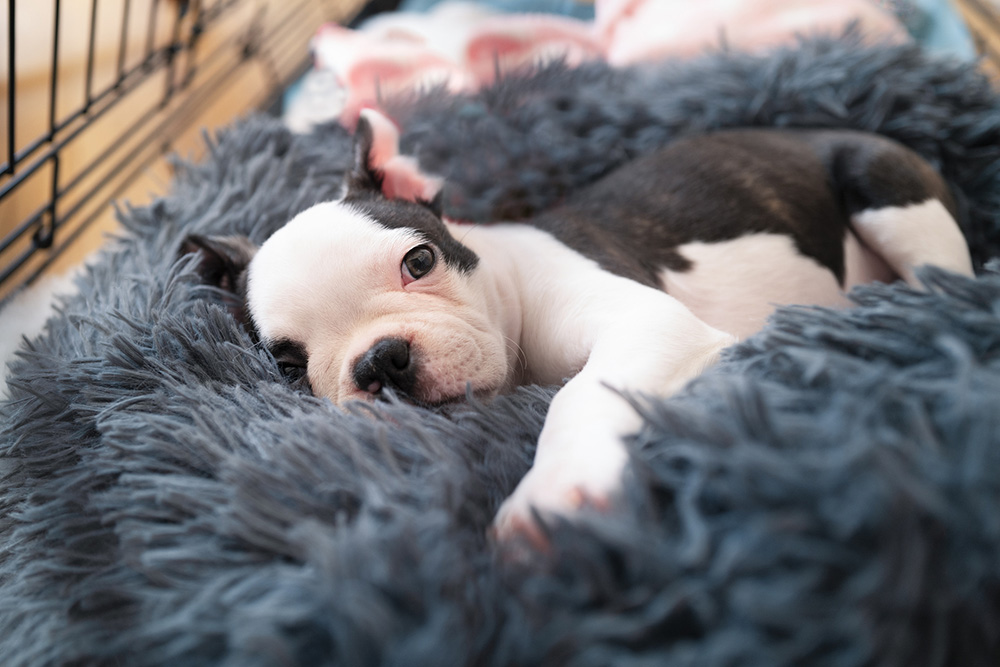
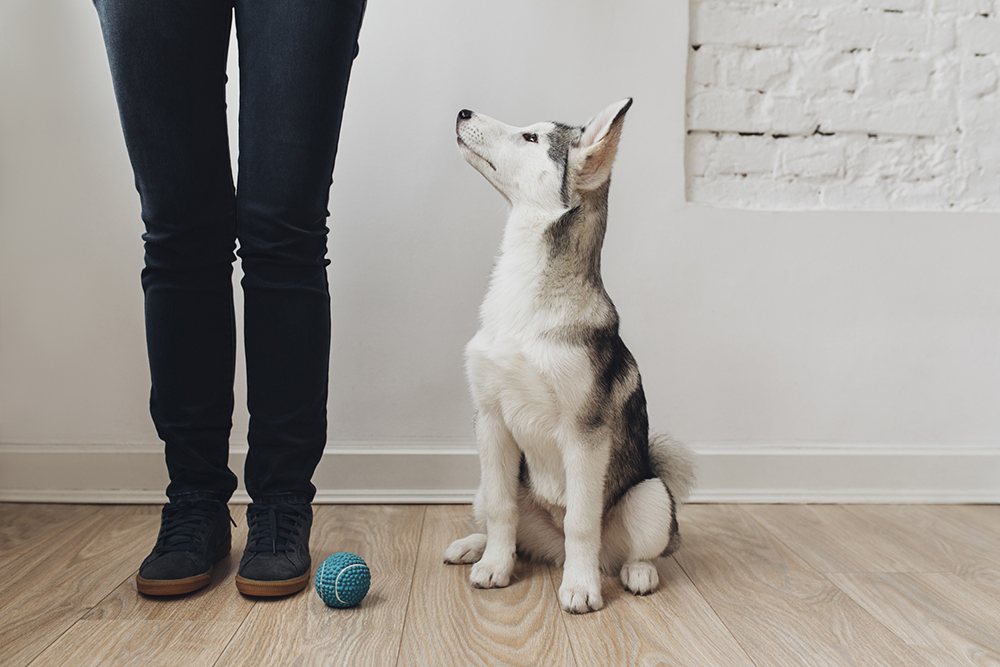 Dog Training Basics
Dog Training Basics
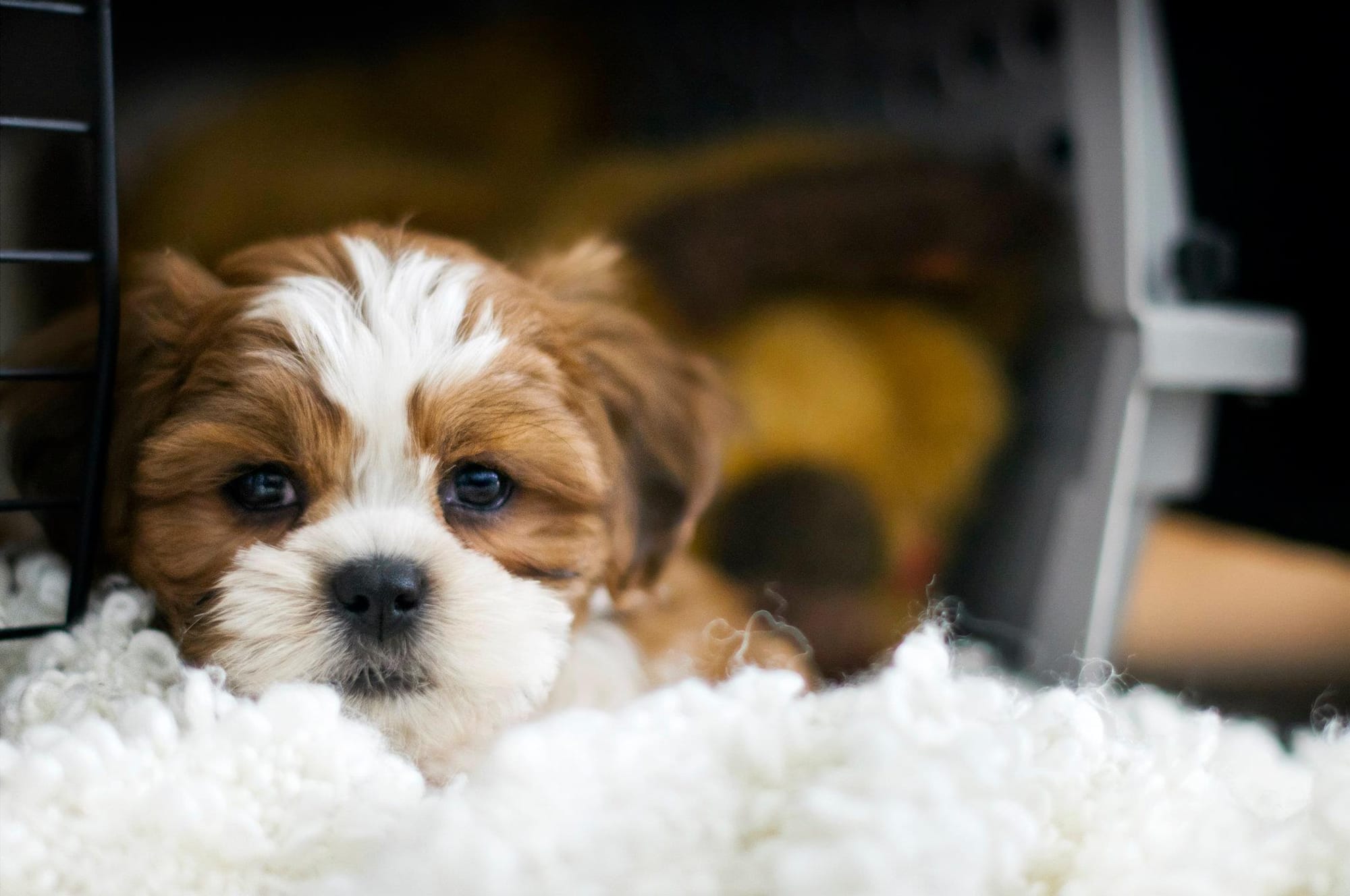 The Importance of Crate Training
The Importance of Crate Training
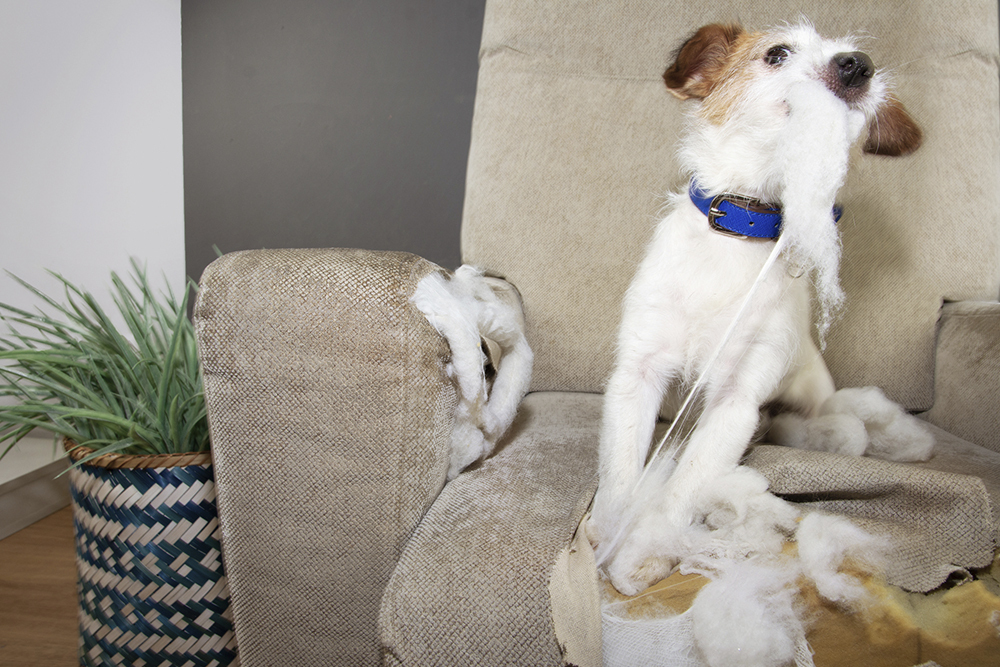 Is it Ever Too Late to Start Training a Dog?
Is it Ever Too Late to Start Training a Dog?
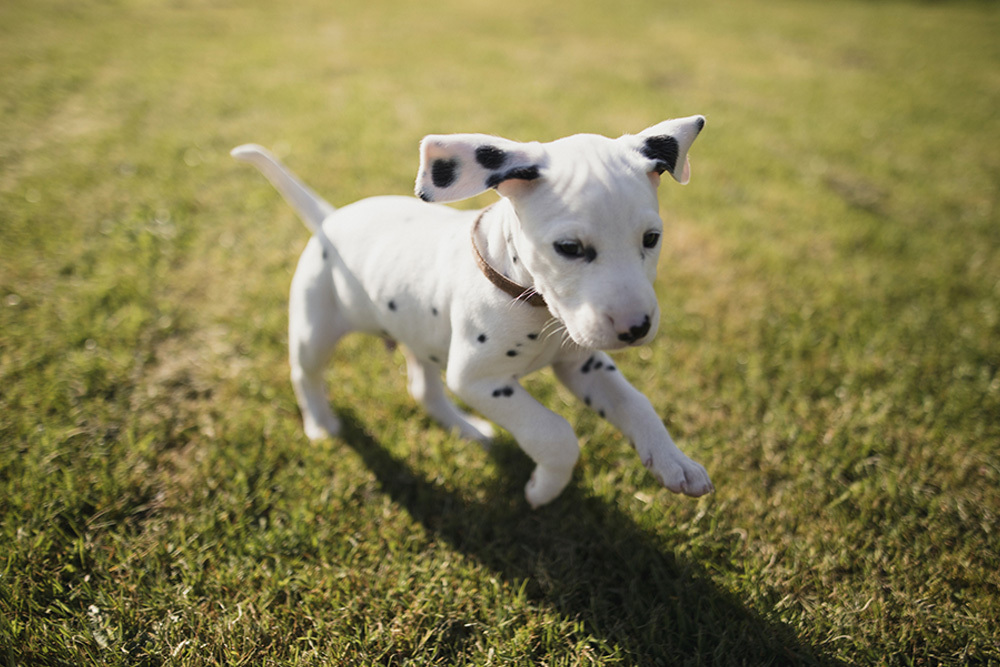 What is the Hardest Dog to Potty Train?
What is the Hardest Dog to Potty Train?
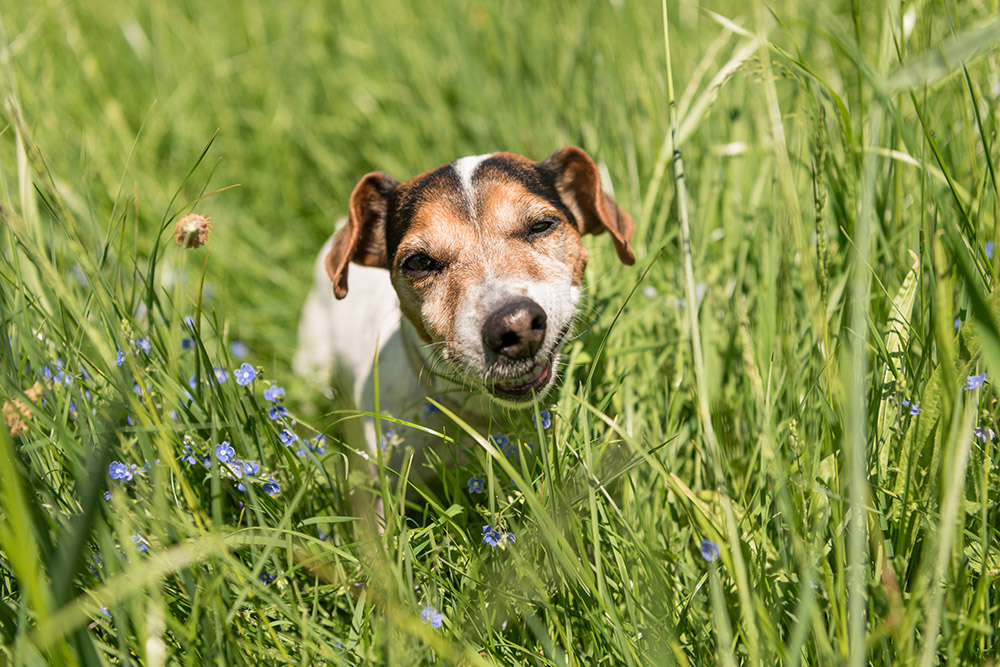 Why Do Dogs Eat Grass?
Why Do Dogs Eat Grass?
 Can Dogs Eat Catnip?
Can Dogs Eat Catnip?